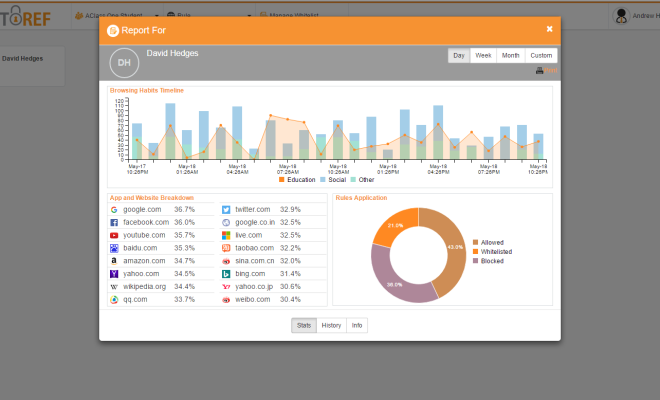What Is AI’s Role In The Future Of Onboarding?

In an era of rapid technological advancement, businesses are constantly seeking ways to streamline operations and enhance employee experiences. One area receiving significant attention is onboarding—the process of integrating new employees into an organization. Traditionally a labor-intensive task, onboarding can now be transformed through Artificial Intelligence (AI). By automating mundane tasks, personalizing experiences, and leveraging data-driven insights, AI is set to revolutionize the future of onboarding.
The Evolution of Onboarding
Onboarding has long been recognized as a critical component in employee retention and satisfaction. The traditional onboarding process typically involves filling out forms, attending orientation sessions, meeting HR representatives, and juggling various administrative tasks—activities that can be overwhelming for new hires. Research shows that effective onboarding can lead to increased job satisfaction, higher productivity, and reduced turnover. As organizations grow, the need for a more efficient, scalable, and engaging approach to onboarding becomes increasingly apparent.
Personalization Through Data Analytics
One of AI’s most significant contributions to onboarding is its ability to harness data analytics to create personalized experiences. AI can analyze a new hire’s background, skills, and preferences to tailor the onboarding process to their unique needs. This personalization can include customized training programs, relevant learning resources, and even suggested team integration strategies. By making onboarding a more individualized experience, organizations can foster a sense of belonging from the very beginning, thereby improving employee morale and engagement.
Streamlining Administrative Tasks
AI technologies, including chatbots and virtual assistants, can help streamline administrative aspects of onboarding. These tools can engage with new employees to provide answers to frequently asked questions, guide them through onboarding paperwork, and help schedule training sessions or meetings. For example, a chatbot could provide real-time information about company policies or resources without the need for human intervention, freeing up HR professionals to focus on more strategic tasks. This efficiency reduces the time taken to onboard new employees and enhances their experience through immediate support.
Enhanced Training and Development
AI also plays a crucial role in enhancing training and development during the onboarding phase. Machine learning algorithms can assess a new hire’s existing skills and identify areas for improvement, allowing organizations to create personalized training modules. AI-driven simulations and virtual reality training tools can offer immersive environments for new hires to practice their roles in a safe space, which can significantly boost their confidence and readiness upon starting the job.
Continuous Feedback and Improvement
AI can facilitate ongoing feedback and performance evaluations during the onboarding process. Utilizing natural language processing (NLP), AI tools can analyze employee responses in real-time, enabling HR departments to capture insights on the onboarding experience. By gathering feedback from new hires, organizations can continually refine and enhance their onboarding programs. This data-driven approach ensures that onboarding stays relevant and effective, helping to reduce employee turnover.
Predictive Analytics for Retention
Using predictive analytics, organizations can anticipate potential challenges that new employees may face during onboarding. By analyzing historical data on employee performance and retention rates, AI can identify factors that contribute to new hire success or failure. Consequently, recruiters and HR leaders can implement proactive interventions—such as targeted mentorship programs or additional training—thus minimizing the risk of turnover and maximizing employee satisfaction.
The Human Element
While AI offers significant advantages in the onboarding process, it is essential to maintain the human element. AI should be viewed as a tool that augments, rather than replaces, human interaction. Humans possess emotional intelligence, intuition, and the ability to build meaningful connections—traits that AI cannot replicate. Striking the right balance between AI and human involvement can lead to a more enriching and comprehensive onboarding experience.
Conclusion
The role of AI in the future of onboarding is poised to transform the way organizations approach the integration of new employees. By leveraging AI’s capabilities in personalization, process automation, enhanced training, and data analytics, companies can create efficient, engaging, and tailored onboarding experiences that set new hires up for success. As technology continues to advance, embracing AI as a strategic partner in onboarding will be essential for organizations seeking to thrive in a competitive landscape. By combining AI’s efficiencies with the irreplaceable value of human interaction, companies can foster strong employee relationships from day one, ensuring a bright future for both their workforce and the organization as a whole.






